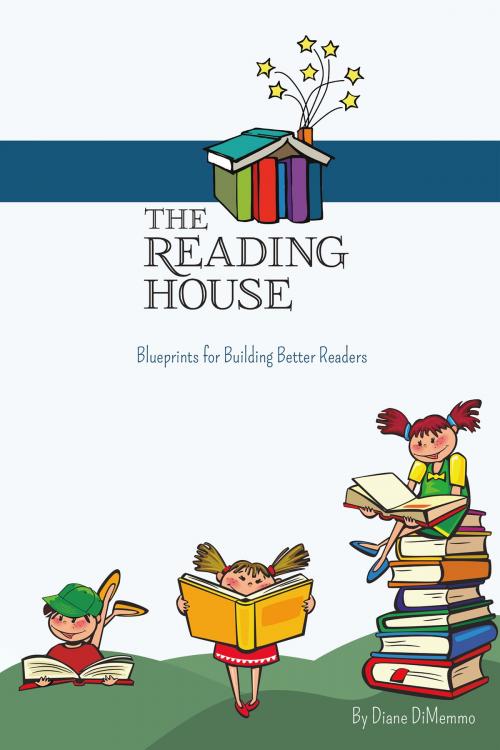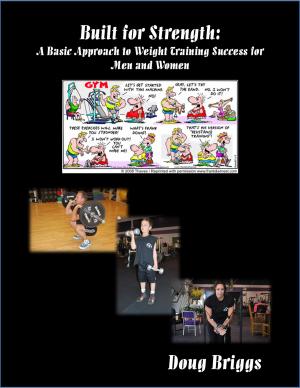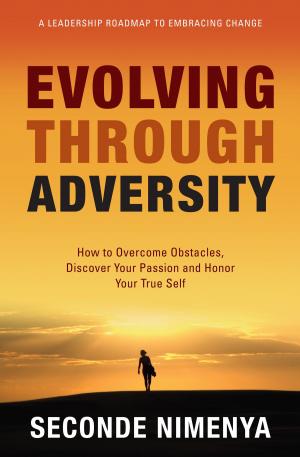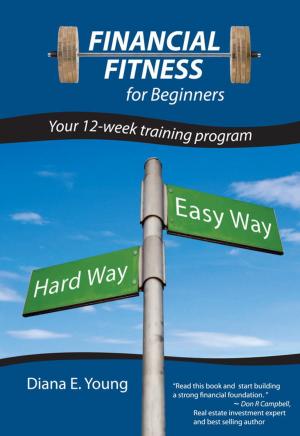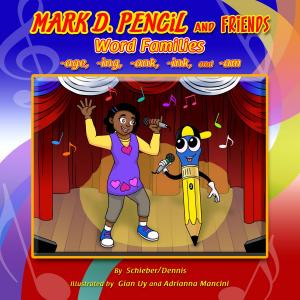The Reading House
Blueprints for Building Better Readers
Nonfiction, Family & Relationships, Education| Author: | Diane DiMemmo | ISBN: | 9781483569598 |
| Publisher: | BookBaby | Publication: | June 1, 2016 |
| Imprint: | BookBaby | Language: | English |
| Author: | Diane DiMemmo |
| ISBN: | 9781483569598 |
| Publisher: | BookBaby |
| Publication: | June 1, 2016 |
| Imprint: | BookBaby |
| Language: | English |
The Reading House is a collection of fun learning experiences, routines, and games that nurture literacy development in children from birth through the elementary school years. It was written for parents who want to be involved in, and positively contribute to, their child’s academic development. The Reading House describes nine skill sets that must work together for children to become strong, independent readers. Parents of babies and toddlers can use the foundational activities with their children to set the stage for future language development. Parents of preschoolers and kindergarten students can have fun loving literature and playing the alphabet games together. Elementary-aged children can participate in routines and experiences with their parents as they learn reading strategies, vocabulary, and language arts lessons. Lastly, parents of children who thirst for additional challenges can sink their teeth into the open-ended comprehension and story extension activities. The foundational, unique premise of The Reading House is the use of the literary experience. Literary experiences are instructional reading moments, games, or routines that can occur within the context of everyday life. Sometimes these events are planned and sometimes they aren’t. The defining aspect of literary experiences, though, is that they happen naturally throughout the course of a child’s day. It doesn’t make sense to isolate language learning as a once-a-day activity. Listening and communicating with others; taking meaning from text and forming new ideas; writing about unique ideas in a clear, concise manner are all methods for children to grow into progressive thinkers. The most natural way to effectively teach these skills is to introduce them within a child’s home and school environment as life is happening. The Reading House is different from other “how to teach reading” books in that it provides strategies to help beginning, challenged, uninspired, and advanced readers. Central to all of these activities is the importance of loving literature to make reading a fun, eagerly anticipated habit. Parents have said that they love The Reading House activities because they are easily assimilated into their daily habits, the kids have fun doing them, and because they are based upon tried-and-true educational premises, such as: • Patterning the Classic Reader – emulating the reading behaviors of independent readers through games, routines, and strategies • Loving Books – devoting significant attention to drumming up excitement and enthusiasm about reading quality children’s literature • Starting Early - engaging infants, babies and toddlers in songs and conversations, mimicking their utterances, and providing sensory experiences to lay the foundation for language development • Involving the Learner – providing cooperative activities, movement, and interaction while reading • Balancing Traditional and Progressive Methods – pairing traditional teaching methods with more progressive approaches for a balanced learning program • Adapting to Different Learning Styles – varying teaching methods so that our kinesthetic, visual, aural, and tactile learners all have an equal chance of success Arming parents with this educational know-how gives them more traction to truly make a difference in their child’s reading success.
The Reading House is a collection of fun learning experiences, routines, and games that nurture literacy development in children from birth through the elementary school years. It was written for parents who want to be involved in, and positively contribute to, their child’s academic development. The Reading House describes nine skill sets that must work together for children to become strong, independent readers. Parents of babies and toddlers can use the foundational activities with their children to set the stage for future language development. Parents of preschoolers and kindergarten students can have fun loving literature and playing the alphabet games together. Elementary-aged children can participate in routines and experiences with their parents as they learn reading strategies, vocabulary, and language arts lessons. Lastly, parents of children who thirst for additional challenges can sink their teeth into the open-ended comprehension and story extension activities. The foundational, unique premise of The Reading House is the use of the literary experience. Literary experiences are instructional reading moments, games, or routines that can occur within the context of everyday life. Sometimes these events are planned and sometimes they aren’t. The defining aspect of literary experiences, though, is that they happen naturally throughout the course of a child’s day. It doesn’t make sense to isolate language learning as a once-a-day activity. Listening and communicating with others; taking meaning from text and forming new ideas; writing about unique ideas in a clear, concise manner are all methods for children to grow into progressive thinkers. The most natural way to effectively teach these skills is to introduce them within a child’s home and school environment as life is happening. The Reading House is different from other “how to teach reading” books in that it provides strategies to help beginning, challenged, uninspired, and advanced readers. Central to all of these activities is the importance of loving literature to make reading a fun, eagerly anticipated habit. Parents have said that they love The Reading House activities because they are easily assimilated into their daily habits, the kids have fun doing them, and because they are based upon tried-and-true educational premises, such as: • Patterning the Classic Reader – emulating the reading behaviors of independent readers through games, routines, and strategies • Loving Books – devoting significant attention to drumming up excitement and enthusiasm about reading quality children’s literature • Starting Early - engaging infants, babies and toddlers in songs and conversations, mimicking their utterances, and providing sensory experiences to lay the foundation for language development • Involving the Learner – providing cooperative activities, movement, and interaction while reading • Balancing Traditional and Progressive Methods – pairing traditional teaching methods with more progressive approaches for a balanced learning program • Adapting to Different Learning Styles – varying teaching methods so that our kinesthetic, visual, aural, and tactile learners all have an equal chance of success Arming parents with this educational know-how gives them more traction to truly make a difference in their child’s reading success.
